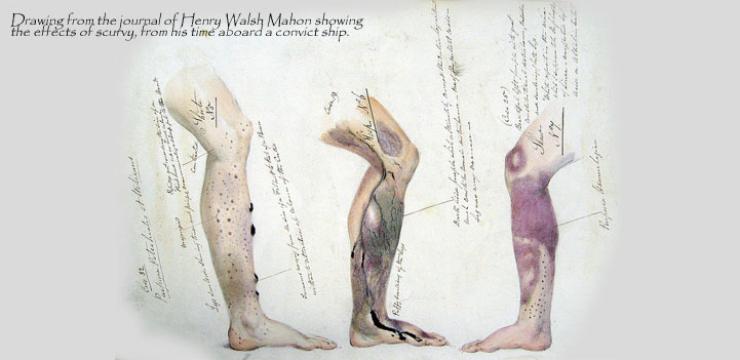
- Excerpt
In his book The Living State, Albert Szent-Györgyi explains: “While I was isolating ascorbic acid in Hungary, a patient was admitted to the medical clinic of my University with extensive subcutaneous bleeding. Since such bleeding is a classic syndrom of scurvy, on advice of Professor St. Rusznyak, my impure preparation of ascorbic acid was injected into the patient, wherupon the bleeding stopped. After I crystallized ascorbic acid another patient with the same complaint was treated with the pure vitamin C. It had no effect. I had a hunch that the action in the first patient may have been due to the flavones present as impurity and so several similar cases were treated later with flavones with excellent results. It seemed possible that the flavones too were vitamins. I was not sure of this, so tentatively, I called them ‘vitamin P’.”
[…..]
Masquelier encountered the very fascinating Szent-Györgyi a couple of times and had the opportunity to discuss his work with him. In 1947, Masquelier met Szent-Györgyi in Oxford at the first International Physiology Congress that took place after World War II. On April 12, 1961, the two also saw each other in Bordeaux, where Szent-Györgyi was awarded an honorary degree. Masquelier’s Hungarian colleague showed great interest in his French colleague’s work because OPCs always did what Citrin did only from time to time: increase capillary resistance and regulate capillary permeability. Fourteen years after the discovery of OPCs, while meeting with Masquelier in his Bordeaux laboratory, Szent-Györgyi said to him, “But Mr. Masquelier, are you still interested in this issue? Don’t you know that in the United States no one believes in the effects of bioflavonoids (Citrin) anymore?” Obviously, even the man who had coined the notion of vitamin P had abandoned his track. The unresolved mystery of this vitamin had left Szent-Györgyi with a feeling of regret. Joking about his discoveries, he said, “It is unbelievable. They have made me the father of vitamin C, although I wasn’t, and they refused to make me the father of vitamin P, which I was.”
[…..]
Bioflavonoids are complex phytonutrients, which makes that not all bioflavonoid compounds are identical in composition. Sometimes they work, sometimes they don’t. Some work better than others. In 1950, the International Vitamin Committee finally decided to completely abandon the term vitamin P. Yet, Szent-Györgyi never accepted this decision. He knew that people could best prevent and overcome the deficiency disease called scurvy by taking a combination of the vitamins C and P. Szent-Györgyi deeply regretted that he had never been able to lay his finger on the actual vitamin P. Had he looked outside the realm of the yellow bioflavonoids, he might have found what Masquelier found: OPCs. Unfortunately for the progress of nutritional science, vitamin P was equated with the yellow bioflavonoids, and this is how the scientific relevance was lost. Until this very day, the wrinkles created by the demise of vitamin P blur the work of those who try to identify the real vitamin P. The pursuit kept Masquelier busy all his life. It has kept me busy since I met Masquelier.







